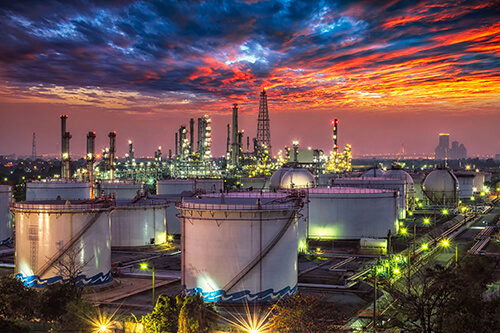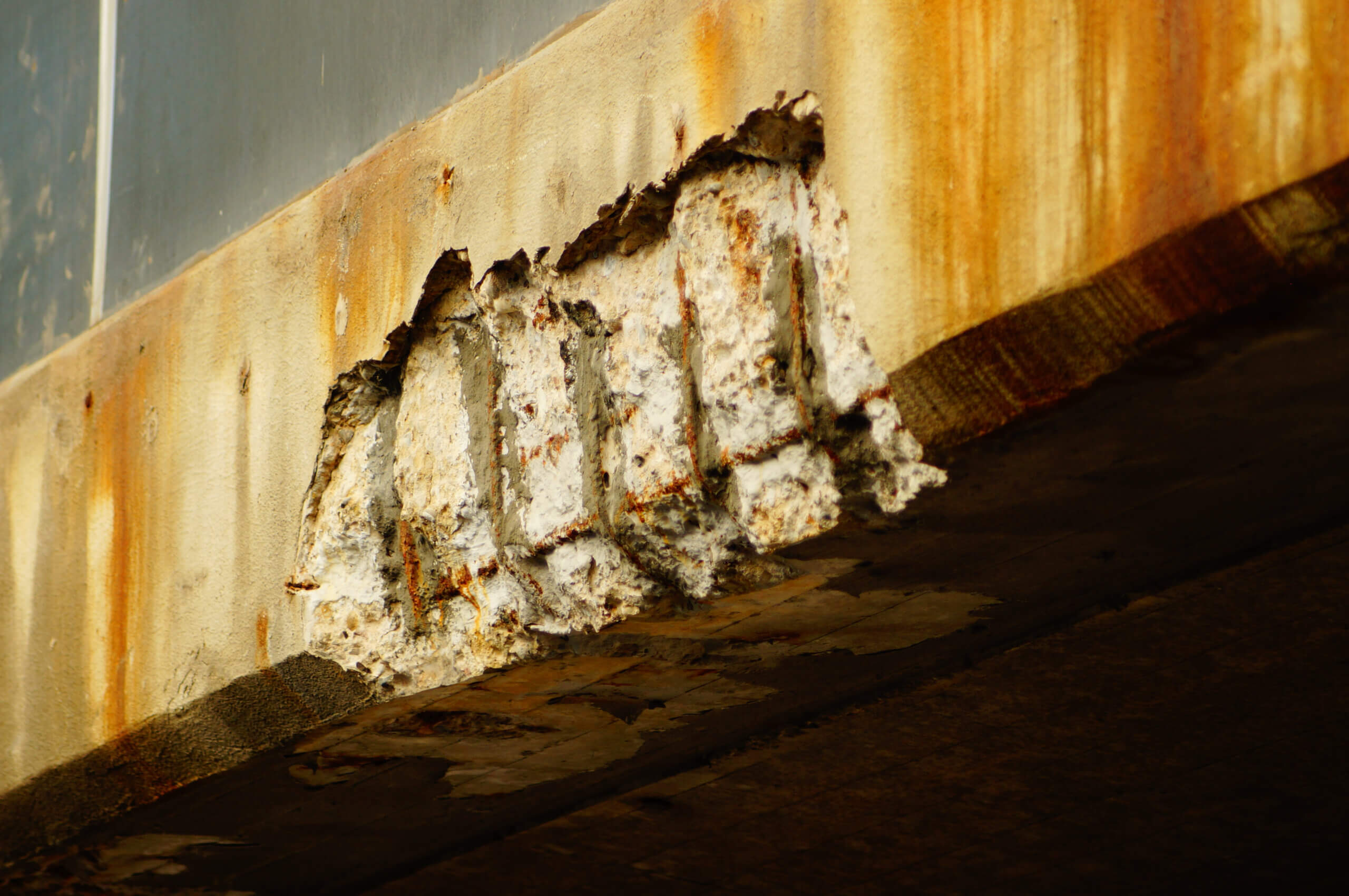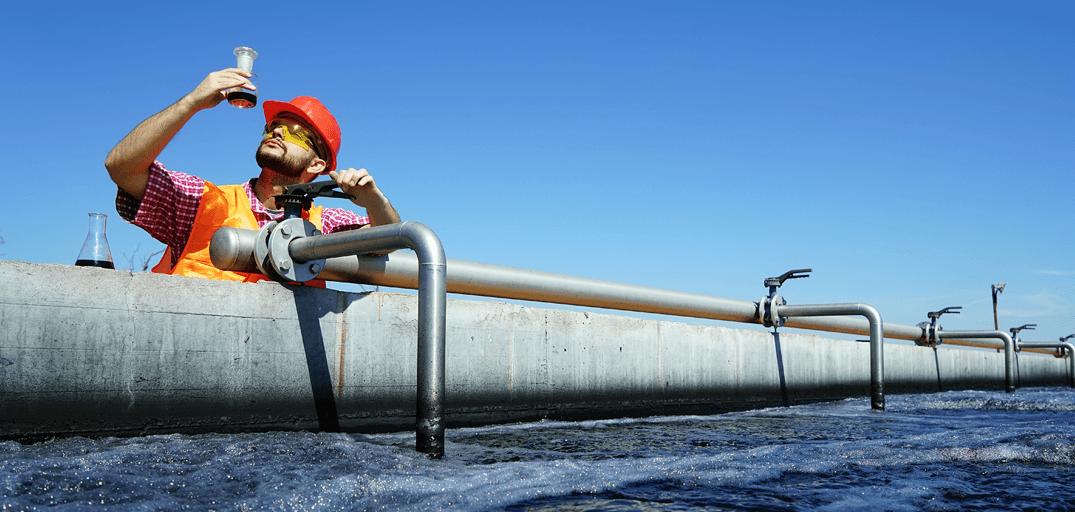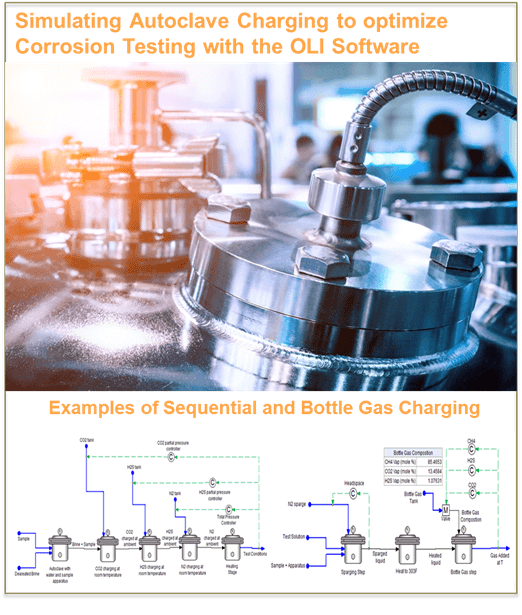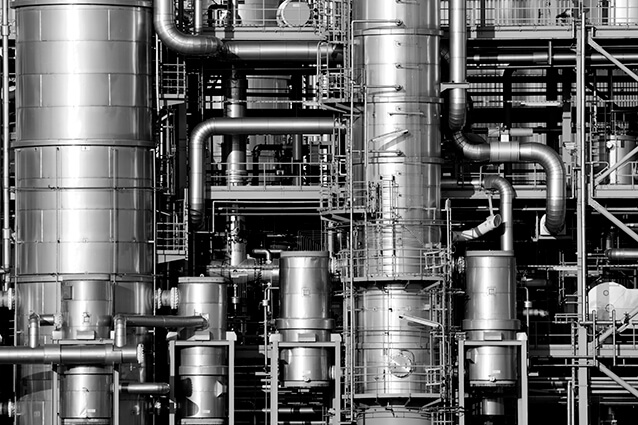RESOURCES |
Category: Aqueous Corrosion Management
Importance of corrosion in oil and gas industry
Corrosion phenomena in the petroleum industry are one of the major issues that affect the integrity of production, process, and transportation facilities. The use of corrosion-resistant alloys (CRAs) in oilfield operations has been increasing due to the need for improving equipment reliability and safety in environments where considerable amounts of corrosive fluids are produced. Their performance in H₂S – Cl environments is important mainly because of two reasons: Increasing severity of corrosive environments in terms of temperature, pressure, aggressive species, pH, and sour gases (H₂S); Localized corrosion of the CRAs that can be a precursor to stress corrosion cracking (SCC).
As a common practice, the applicability domain of CRAs are determined using the available NACE standards, direct laboratory tests, and/or empirical correlations as a function of specified alloy components or ranges of corrosive components. However, these solutions can suffer from the lack of a common and general methodology, inconsistent test results, and limited laboratory tests conditions.
Can corrosion be reliably predicted?
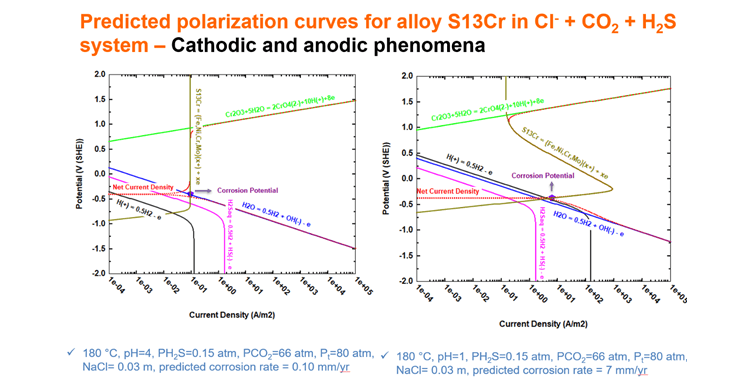
In order to provide a reliable consistent solution to these issues, OLI Systems platform V10 provides a rigorous predictive tool for analyzing corrosion in oilfield operations. The OLI System’s corrosion model helps the users understand the complexity of corrosive environments and predict localized and general corrosion of CRAs as a function of wide range of operational conditions and alloy compositions.
What is the methodology?
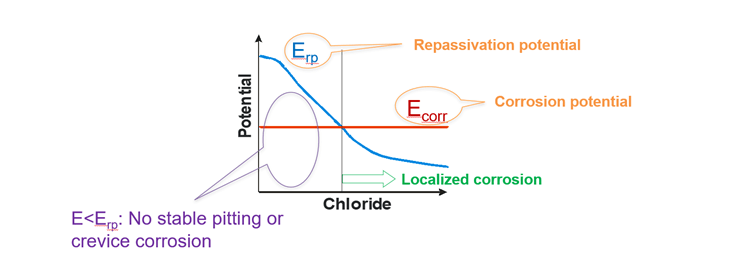
It has been well established that once localized corrosion is initiated, it can be a precursor to SCC if the corrosion potential (Ecorr) of the metal exceeds the critical potential (i.e., the repassivation potential, Erp). Thus, the initiation of SCC can be quantitatively assessed by predicting the alloy’s propensity for localized corrosion. The theoretical framework consists of a repassivation model for calculating Erp and a mixed-potential (or general corrosion) model for computing Ecorr as functions of temperature, pH, partial pressures of gases (including H₂S), and concentrations of various aggressive and inhibitive species.
Where can we expect corrosion problems?
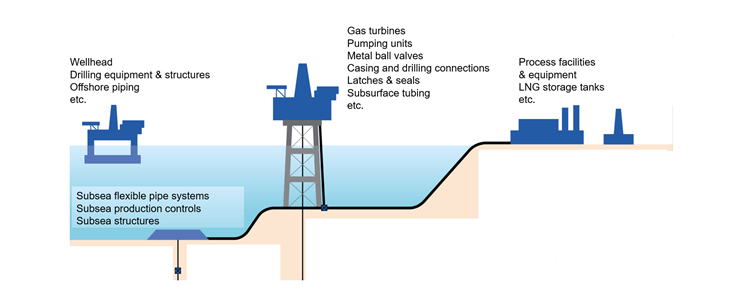
Petroleum industry dealing with oil, gas or gas condensates (upstream oil and gas) production specifically from high pressure-high temperature (HPHT) deep wells where the environments are very sour containing high concentrations of chlorides, CO₂, and H₂S.
How can we apply the model in practice?
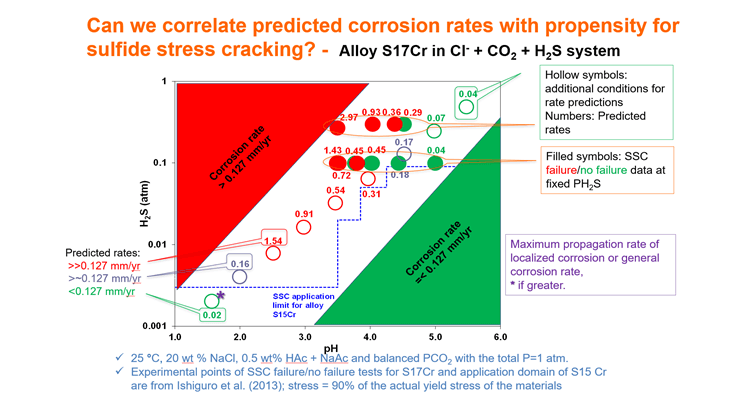
We can, to a reasonable extent, correlate the predicted corrosion rates by OLI System’s corrosion model with propensity for sulfide stress cracking. The Erp model and the general corrosion model can be used to evaluate both the general corrosion and the maximum localized corrosion propagation rates. Considering the fact that the sulfide stress cracking (SSC) tendency correlates with the maximum propagation rate for localized corrosion, the results of the corrosion model can be compared directly with the applicability domain of a particular alloy under stress as a function of operational conditions like temperature, pH, chloride concentrations, and partial pressure of H₂S. It is, however, worthwhile to point out that this method considers only the electrochemical phenomena in the system and does not treat the effects of stress and mechanical properties.
What tools are available for predicting corrosion?
The OLI System’s corrosion model, which consists of a thermodynamic framework + a mechanistic model, is available in OLI Corrosion Analyzer V10 and OLI Studio V10.
For more updates on this project and the OLI System’s corrosion model, its components and applicability, follow the status of this project on ResearchGate at: https://www.researchgate.net/project/Prediction-of-General-and-Localized-Corrosion-of-Corrosion-Resistant-Alloys-in-Aggressive-Environments and on twitter @Ali_Manesh_OLI
For more on OLI System’s products, visit: https:/www.olisystems.com/


